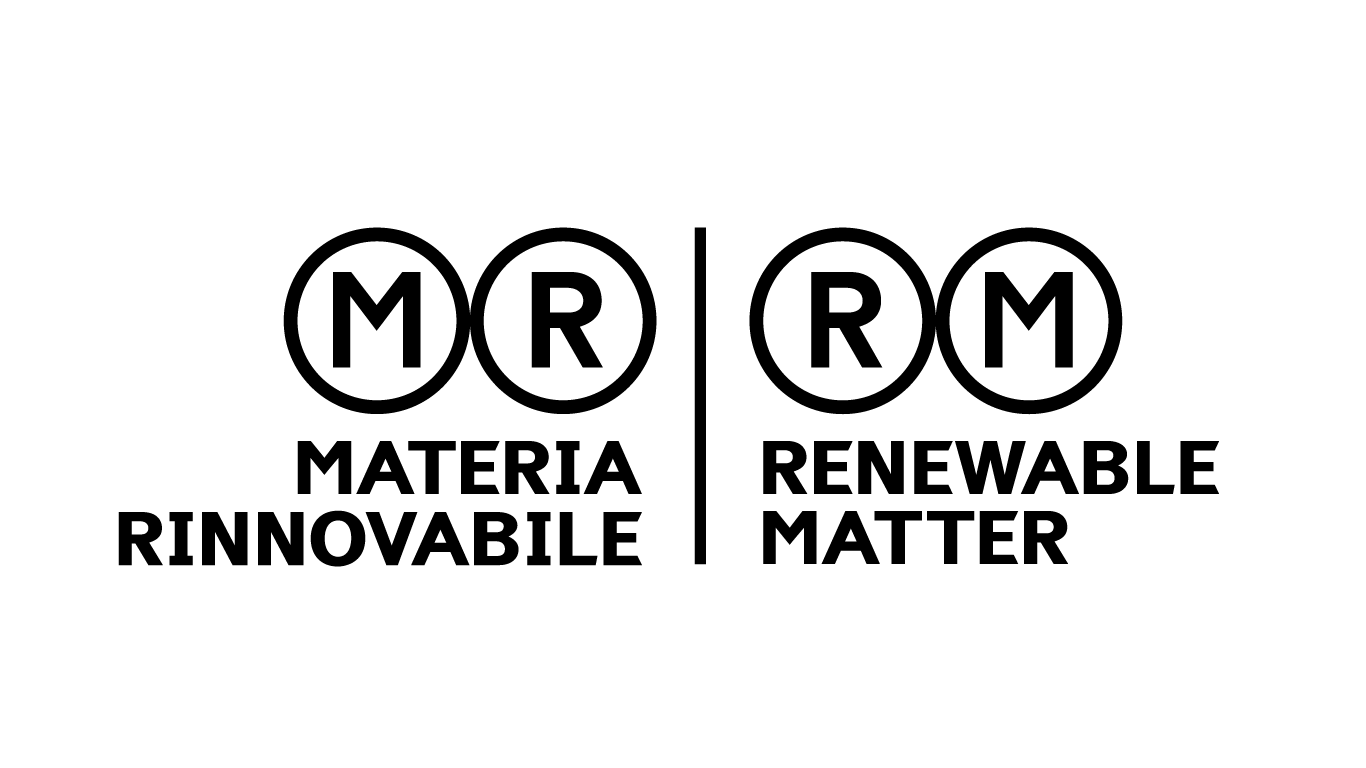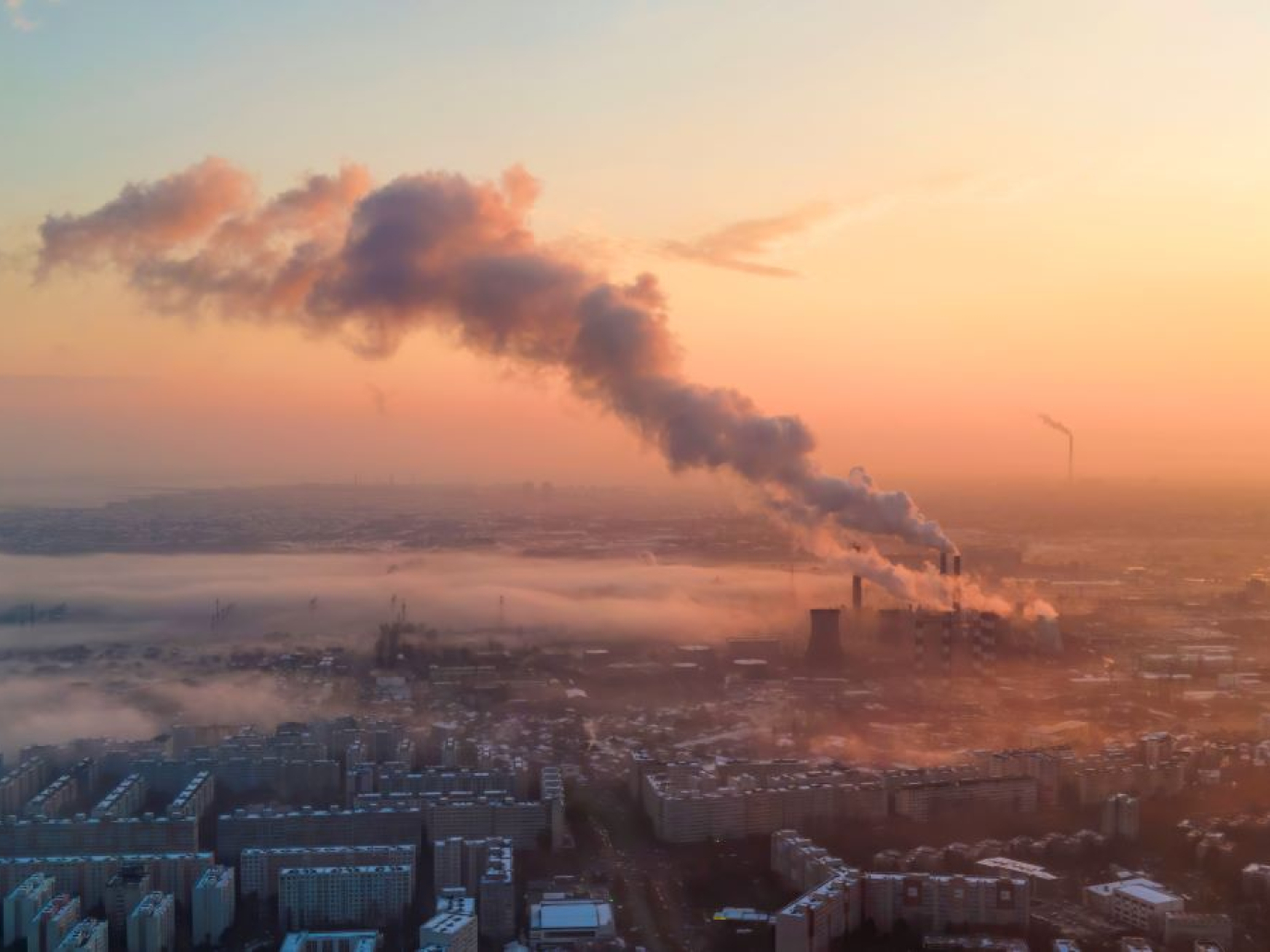
This article is also available in Italian / Questo articolo è disponibile anche in italiano
Air quality in Europe is still poor: despite some improvements in pollution reduction, new measures are needed to fully comply with current European Union (EU) standards. The situation is most challenging in cities, with consequences for the health (and not only) of those who live there. Improving air quality is increasingly necessary, not least in view of the ambitious 2030 standards approved by the EU at the end of 2024, which come close to those of the World Health Organization (WHO).
In a nutshell, this is the content of the European Environment Agency's (EEA) air quality status report 2025, published in April 2025.
New gradual guidelines for pollution
The report presents an analysis of the latest official concentrations data reported by the EEA in 2023 and 2024. It then compares the concentrations with European directives and World Health Organization guidelines.
Jaume Targa, environmental consultant and co-author of the EEA report, tells Renewable Matter that WHO measures are “very stringent” because “there are no safe levels for air pollution.” In fact, “any type of pollution, even in low concentrations, will have an impact on health.” That is why WHO guidelines are structured as a roadmap that sets out step-by-step targets.
“Having intermediate targets allows countries that are not as advanced as Europe, to have lower target levels as a goal and then progress slowly”, adds Joana Soares, co-author of the report and researcher in environmental impacts and sustainability.
The new European legislation will similarly provide a roadmap with targets to be achieved gradually. In this way “countries can effectively adopt measures that steer towards the right direction, avoiding unachievable leaps forward” explains Targa. The new legislation will come into full effect in 2030.
Fewer pollutants in Europe
Today in Europe, some pollutants – such as benzene and cadmium - already meet EU standards today. Others - such as sulphur dioxide, carbon monoxide, lead, arsenic or nickel - have been significantly reduced in the last decades.
The percentages of some of the most toxic pollutants have also dropped. Notably, the levels of nitrogen dioxide (NO₂) “declined by approximately 38% over 2005- 2021, though notable differences exist between countries, with a worse situation in cities where traffic is the main source of NO₂”, explain to Renewable Matter, Alberto González Ortiz (coauthor of the report) and Silvia Monge, two EEA air quality experts. “In the same period, also PM levels declined: PM10 concentrations decreased by 42% between 2005 and 2021, with a similar trend observed for PM2,5.”
EEA’s experts add that “regarding the stations that currently have values above the 2030 standards, 71% of them are traffic stations. This again highlights the need to target traffic as the main source of NO₂.”
Urban traffic and nitrogen dioxide
The concentrations of nitrogen dioxide are still high, and they have serious repercussions on respiratory and lung health. To tackle them, one of the “key measures” is to have “less cars in our cities,” comments Targa. He also explains that urgent measures also encourage citizens to get around using public transport.
He insists on the importance of the concept of “15-minute city.” This urban planning model allows people to reach essential and day-to-day services in a short amount of time by walking or cycling.
“We have to change our mentality on the need to use the car to do what we do on a day-to-day basis”, says Targa. However, this transition is not straightforward, because “the idea that cars are important is deeply ingrained into us. In Southern Europe, part of our economy has been built on manufacturing them, and now we need to make a transition to stop using car altogether or, if we need to, to choose the cleanest solution.”
The decrease in fine particulate matter
The report explains that since 2011 all European Union countries have reduced urban population exposure to PM2.5 fine particles, a particularly dangerous type of particulate matter. The decrease correlates with a decrease in coal burning.
Despite this positive result, 94% of people living in EU cities are still exposed to PM2.5 concentrations above World Health Organization guideline values. Some differences also persist between Central and Eastern Europe. Soares clarifies that “in Eastern Europe, many industries still use coal”. Moreover, the deindustrialization in Europe occurred also because factories (and therefore pollution) were relocated elsewhere in the world.
The sources of PM2.5 and PM10
Today in Europe, PM2.5 and PM10 emissions are mainly related to the residential heating sector. “Burning solid fuels like wood and coal in homes is the main responsible of these emissions in Europe, accounting for over 50% of PM2,5 and roughly 40- 45% of PM10 in some countries”, specifies to Renewable Matter Eduardo Yubero Funes, associate professor at Miguel Hernández University in Elche, Spain.
“Tackling these emissions is tricky because they come from countless scattered sources: individual households. Many of these rely on outdated heating systems that lack proper emission controls. Upgrading them is expensive, and in some parts of Central and Eastern Europe, solid fuels are both affordable and deeply rooted in tradition, making it hard to enforce changes or shift behaviors.”
“EEA’s monitoring network and modelling approach deliver valuable data on PM2.5 and PM10 levels, but they do not fully capture spatial and seasonal variability”, adds Yubero Funes. “Even if the network is extensive, it still has gaps, especially in rural or remote areas where pollution from agriculture or residential heating is significant. Seasonal patterns, such as winter wood burning or agricultural burning during harvest, may also be underrepresented, notably in regions with few monitoring stations. Integrating low-cost sensors could address these gaps in the future, thus offering more widespread, real-time data to better track particulate matter levels and their fluctuations.”
Air pollution, the EEA's stations and data
EEA monitoring is done regularly through the placement of stations that measure air quality, classified as urban, suburban, and rural, depending on the area where they are located. “Analysing data from these diverse monitoring sites allows comparisons between cities and other locations, this permits the assessment of spatial variations in air quality and the identification of pollution hotspots”, add Ortiz e Monge.
Moreover, Targa says that the stations are “about 4,000 across member states in Europe, but we also have data from EFTA (European Free Trade Association) countries including Norway, Iceland, Switzerland, and West Balkans. Turkey participated in the data exchange as well.”
Due to the war, no data currently comes from Ukraine. However, the war “has a huge impact on air quality, and again in PM2,5 emissions”, explains Soares. “I think that the consequences will mostly be related to heavy metals. Sooner or later, we will have peace, and we will have to deal with these issues.”
“To really clean up the air, we need extra measures”
The report also attracted some criticism for the way it communicates with outsiders. According to Yubero Funes, “while the EEA report is thorough and well-researched, its ability to communicate with non-specialists and policymakers could be improved, for example, by simplifying complex concepts and providing clearer, action-oriented recommendations.”
“The report pushes for tougher air quality rules, stronger enforcement, and cleaner tech, but it does not fully address the economic, social, and cultural obstacles in many EU areas where pollution is still high, especially from residential heating, agriculture, and transport”, concludes the professor.
“To really clean up the air, we need extra measures like financial support for eco-friendly heating systems, tighter rules on vehicle non-exhaust emissions [NEE, that is, emissions that are not produced by car exhausts, such as those released by tires, ed.], and help for greener farming practices. Region-specific action plans targeting specific pollution sources should be rolled out, along with campaigns to raise public health awareness.”
Also read: Air quality networks can also monitor biodiversity around the world
Cover: Bucharest, Envato image



